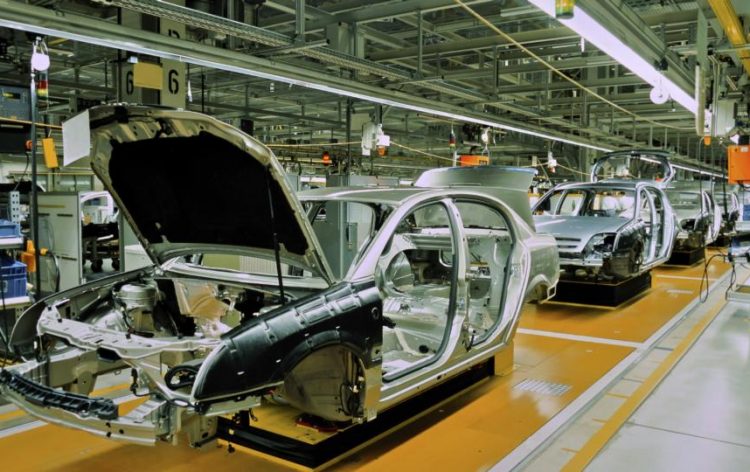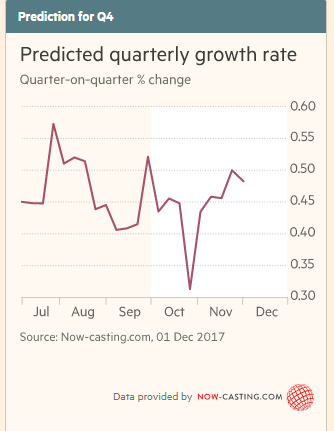British Manufacturing and Industrial Production updates and their impact on FX rates

In a presser earlier today, the office for National Statistics outlined the growth and the current state of the construction and manufacturing sectors in the Great Britain. In this monthly release, the Office for National Statistics (ONS) highlighted several issues before giving a detailed follow up of the same.
The industrial construction output dips
Britain’s construction output has contracted for the sixth consecutive period now. The output fell by 1.4% in October 2017 in the three-month on three-month series. The decline in construction output over this period can be attributed to falls in both repair and maintenance which fell by 3%. All new work which fell by 0.6% also contributed to the decline in the country’s construction output.
The month of October 2017 saw the construction output declined by 1.7%. This was caused partly by the decline of 1.5% in all new work. In Quarter 3 (July to September), a record growth of 37.4% was witnessed as compared to the previous quarter. This growth was driven mainly by growth in the infrastructure sector which saw the awarding of several high-value new orders relating to High Speed 2. Housing is the other sector where new orders grew in Quarter 3 of 2017. The growth of 9.5% in the housing sector follows a fall of 4.2% in the previous quarter.
Commenting on today’s short-term indicator figures, Office of National Statistics senior Statistician Kate Davies, construction output continued to fall back from its peak at the start of the year with both repair work and new building faltering yet again. She, however, said that construction orders for future work received a huge boost in the third quarter, as many large High-Speed (HS2) contracts were awarded. The FX market is expected to react to this news in a few hours.

The manufacturing sector
Three months leading to October saw commodities (including non-monetary gold) go erratic. Unlike Germany’s trade, the total UK trade which includes goods and services was a deficit. The deficit which excludes the erratic commodities widened by 0.8 billion pounds to reach 6.9 billion pounds. There is some good news though. The trade in goods deficit with non-EU countries narrowed by 2.9 billion pounds. The deficit with the EU countries widened even further by 1.2 billion pounds in the three months before October 2017. When the erratic commodities are removed, the trade deficit with the EU countries widened by 1.9 billion pounds. Even though the UK has experienced a deficit, the FX market remains relatively stable because the pound is still strong against the dollar and the Euro.
Kate Davies said that despite the short-term challenges which the UK is experiencing, the longer-term picture is positive and promise. While manufacturing was relatively subdued in general in October despite record car production meant for export, the economy was still on its way to positivity, added Davies.
When ONS excluded oil whose year has been tricky and erratic commodities, exports and imports of goods increased by as much as 1.7 billion and 2.8 billion pounds respectively in the previous quarter preceding October. This growth was brought about by an increase in exports and imports which grew at a faster rate than prices over that period.
The trade deficit of goods and services which excluded erratic commodities reduced by 0.1 billion pounds between September and October 2017. This was occasioned by the decrease in goods imports of crude oil from the non-EU countries. The total deficit of UK narrowed by 2.7 billion pounds to 5 billion in Quarter 3 of 2017. The narrowing of the trade in goods deficit with non-EU countries contributed to this.
Davies added that there was a strong performance from the UK manufacturers in the quarter leading up to October 2017. Unlike the vibrant performance of the alternative money market, over the same period, the UK exports grew at a slower rate than imports. The underlying UK trade deficit widened in that period once the erratic items were excluded.


























Comments (0 comment(s))